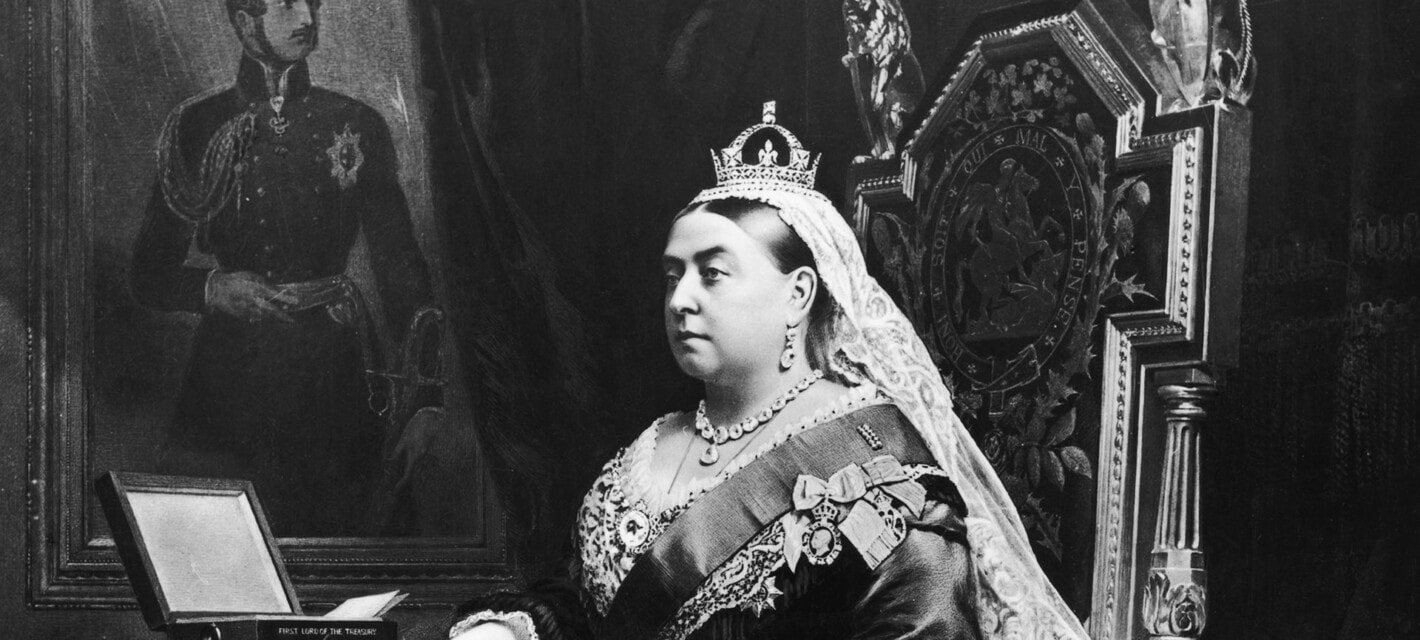Jerk rulers, just like normal jerks in everyday life, have been all too common throughout history. Major difference, of course, being scale: if a king, queen, or other royal, is a jerk or pulls off a jerk move, the impact could be orders of magnitude greater than the jerkiness of a random Joe Schmoe. Below are twenty five things about kings, queens, and other royals who pulled off jerk moves that range from the mildly distasteful to the utterly horrific.
The Maharajah Who Murdered Hundreds of Tree Huggers

Civil disobedience can prove powerfully effective at changing the world for the better. For example, the nonviolent movements led by Gandhi and Martin Luther King. However, civil disobedience is effective only against authorities that are susceptible to such campaigns of moral pressure. It requires at least a bare minimum of civil society, bare minimum rule of law, and rulers who have a bare minimum of respect for the essentials of civil rights. Or at least rulers with a bare minimum of fear of the public’s reaction if such rights are too flagrantly flouted. Against rulers who can’t care less about justice and the need to treat their subjects humanely, and have the power to enforce their will no matter what anybody thinks, the consequences of civil disobedience can prove horrific. Take for example eighteenth century Indian Maharaja Abhai Singh of Marwar (1702 – 1749).

A nasty piece of work and a major jerk, Singh conspired with his brother to murder their father and seize power in 1724. In 1730, he needed wood for a new palace, and the forest near the village of Jehnad seemed like a good source. However, the forest was sacred to the locals. So they literally hugged the trees to keep them from being cut. Singh simply ordered the tree huggers beheaded, and for the timber to be collected. When other protesters from nearby villages showed up to hug the trees in a bid to save them, the maharaja’s men sawed right through them to get to the trees. All in all, 363 were slaughtered to get the trees for Singh’s palace. September 11, the anniversary of what came to be known as the Khejarli massacre, is commemorated in modern India as National Forest Martyrs Day.

